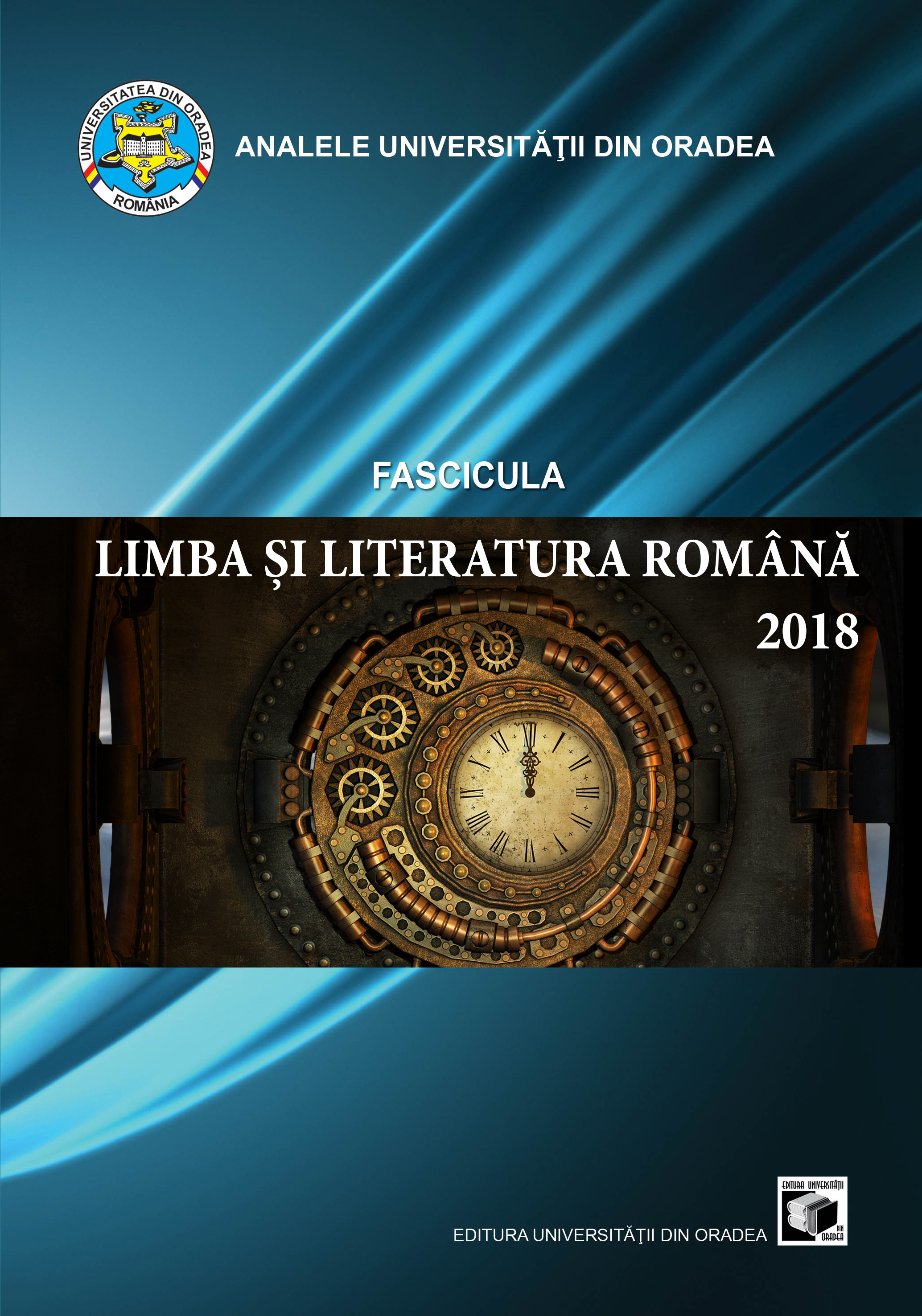Between Religious Faith and Romanian Literature
Between Religious Faith and Romanian Literature
Author(s): Dana SalaSubject(s): Romanian Literature
Published by: Editura Universitatii din Oradea
Keywords: Romanian literature; faith; religion; culture; homo religiosus; literary history; manuscripts;
Summary/Abstract: Mircea Popa’s book, Regăsiri creștine (Christian Refindings) intercepts the prolongation of literature into culture, in order to seize some definitory aspects of the relationship between religious faith and Romanian literature. Mircea Popa divides his book according to these three graspable dimensions and appraisals of the contribution of faith inside the Romanian literature: 1. the relationship between a culture of facts and the lifestyle of a bona fide homo religiosus, as he existed in the European culture of the 18th century, respectively in the 19th century (that is, the first chapter of the volume of Christian Refindings); 2. the gaze of the literary critic into the perfectly crystallized universe of some of the canonical writers who created the language of religious feelings, of faith and, nonetheless, of doubt in faith; 3. author’s dialogue with other books focused on religion, on religious feelings or inspired by religion. The question of how Christian faith has shaped Romanian literature is both sensitive and sensible. The first part of the book puts together bishops belonging to Orthodox religion and to Greek Catholic religion and to Calvinism. Culture does not operate with divisions according to faith and denomination and does not operate with reductions either. The personalities in the first part are an example of creating the ethos of cultural pluralism in a book of literary criticism.
Journal: Analele Universităţii din Oradea Fascicula Limba si Literatura Română (ALLRO)
- Issue Year: 25/2018
- Issue No: 1
- Page Range: 177-181
- Page Count: 5
- Language: English
- Content File-PDF

